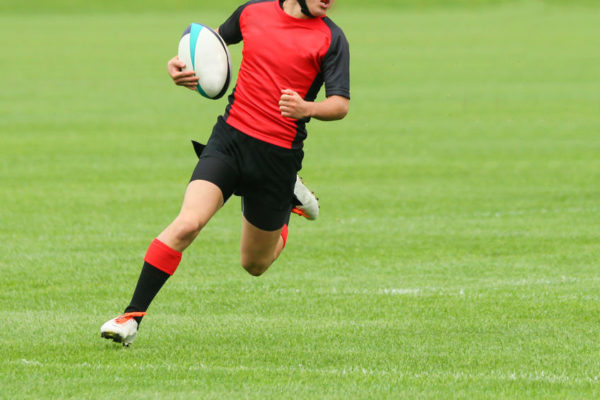Cartilage Injury
 The bony surfaces of a joint where two or more bones meet, are covered in protective articular cartilage. This specialised, tough structure is vital for smooth motion and cushioning of the joint.
The bony surfaces of a joint where two or more bones meet, are covered in protective articular cartilage. This specialised, tough structure is vital for smooth motion and cushioning of the joint.
A chondral injury occurs when this protective surface is damaged, often as the result of trauma to the knee. The cartilage may split or tear and, in some cases, small pieces of cartilage may break away from the bony surface. This causes a loose body inside the joint which can be problematic as it interferes with the smooth gliding of the joint when the loose piece catches during movement. When a piece of bone also breaks off with the cartilage surface, it is known as an osteochondral injury.
Unlike bone, cartilage does not have a good blood supply which means when injured, it is more difficult for the body to repair the damage. Injury to cartilage may happen in isolation, or be associated with injuries of other knee structures.
After spending time speaking with you and examining the knee, your surgeon may arrange more investigations to look for a chondral or osteochondral defect. This might include an x-ray, CT scan or MRI scan.
If you do have an injury of your cartilage, non-surgical treatment options might include:
- rest and activity modification
- medications like non-steroidal anti-inflammatories (NSAIDs)
- a physiotherapy program to strengthen the muscles around the knee
- Injections such as PRP
Your surgeon may recommend surgery if:
- there is a loose body inside your knee causing pain, locking or catching
- the full thickness of the cartilage layer has been affected
- you have tried non-surgical treatment and have ongoing knee symptoms
